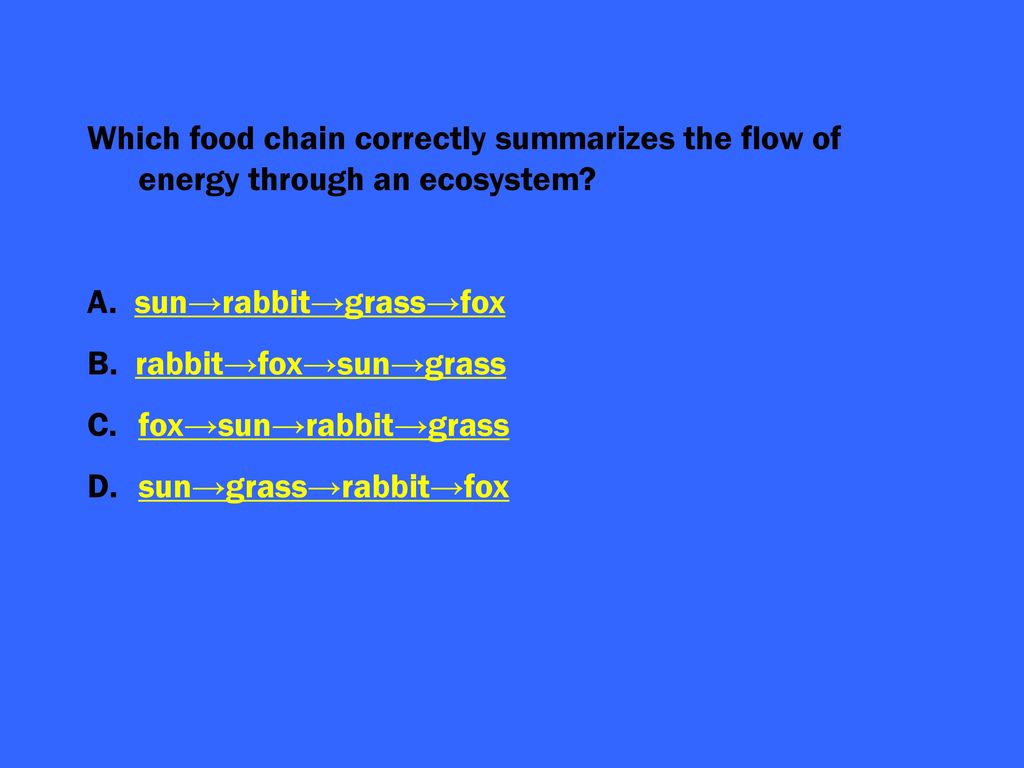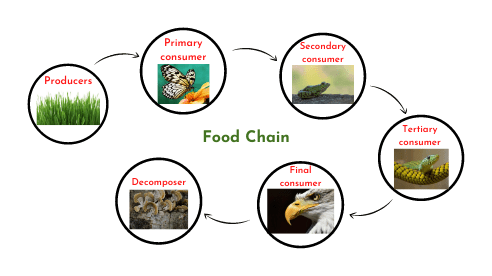Interactions in Ecosystems Cell Function and Structure Biology Diagrams Ecosystems maintain crucial balances of elements like food, water, oxygen, nitrogen, and carbon through a complex interplay of biological, physical, and chemical processes. These processes are intricately linked, forming cycles and relationships that ensure the overall health and stability of the system. Essentially, ecosystems rely on a Food Chains Maintain The Balance of Nature. When you understand how each link in the chain connects, you start to see how everything in nature relies on balance. Explore how different ecosystems connect through food chains, from the forest floor to the ocean's deepest depths. Forests. Forests are full of life, where plants, herbivores

Food chains reveal the relationships between organisms, showing how each organism plays a role in maintaining ecological balance. By studying food chains, ecologists better understand ecosystem dynamics, including the flow of energy, population control, and the impact of human activities on natural habitats. In the food chain, energy is transferred from one living organism through another in the form of food. How do food chain and food web affect the balance in the ecosystem? A healthy food web has an abundance of autotrophs, many herbivores, and relatively few carnivores and omnivores. This balance helps the ecosystem maintain and recycle biomass. When the balance in the ecosystem is disrupted, organisms cannot thrive. A healthy ecosystem should be diverse. Diversity means different kinds of organisms play different roles. An ecosystem depends on different kinds of organisms to keep it in balance. However, introducing new organisms can upset the natural balance of an ecosystem. Invasive

Food Chain Explorer Biology Diagrams
A food chain symbolizes the path of energy within an ecosystem: Primary producers such as green plants translate solar energy into carbohydrates, which are then tapped by primary and secondary consumers and ultimately recycled by decomposers.Each tier represents a different trophic level . While a food chain model shows a simplified linear sequence, it can be visualized with other interlocking

In an ecosystem's intricate food chain, the primary producers capture the sun's energy through photosynthesis, paving the way for the primary consumers to feed on them. This leads to the emergence of the third trophic level, known as secondary consumers, which play a vital role by preying on the primary consumers. These secondary consumers become the prey of apex predators, the top predators The Importance of Food Chains and Webs in Ecosystem Stability. Both food chains and food webs are integral to the functioning of ecosystems. They regulate populations, maintain balance, and help in nutrient cycling. Protecting critical species in a food web can help restore or maintain ecosystem balance. Agriculture:
